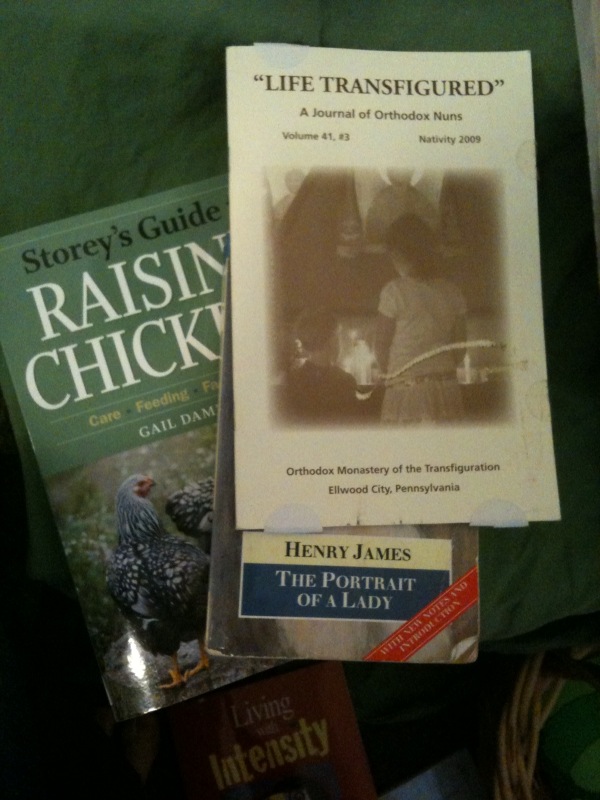I was pleased to see the recent Supreme Court ruling allowing a large cross built on public land in California to stay in place. I don’t understand why some people freak out over things like this, as if any sign of religion in public were some sort of egregious affront. It seems to me that the land transfer solution Congress authorized to get around Establishment clause problems is pretty clever. Still, it’s hard for me to see that Stanley Fish is entirely wrong when he points out how in order to protect the cross, the Supreme Court has to engage in pretzel logic that evacuates religious meaning from the central symbol of Christianity. Excerpt:
Now the fun and crazy stuff begins. Kennedy denies that the “emplacement” of the cross was accompanied by any intention “to promote a Christian message.” It was “intended simply to honor our Nation’s fallen soldiers.” (At oral argument Peter Eliasberg, an ACLU lawyer, observed, “There is never a cross on a tombstone of a Jew.”) Therefore, Kennedy reasoned, Congress had no “illicit” intention either; it merely sought a way to “accommodate” (a term of art in Establishment Clause jurisprudence) a “symbol often used to honor and respect those whose heroic acts, noble contributions and patient striving help secure an honored place in history for this Nation and its people.”
Notice what this paroxysm of patriotism had done: it has taken the Christianity out of the cross and turned it into an all-purpose means of marking secular achievements. (According to this reasoning the cross should mark the winning of championships in professional sports.) It is one of the ironies of the sequence of cases dealing with religious symbols on public land that those who argue for their lawful presence must first deny them the significance that provokes the desire to put them there in the first place.
It has become a formula: if you want to secure a role for religious symbols in the public sphere, you must de-religionize them, either by claiming for them a non-religious meaning as Kennedy does here, or, in the case of multiple symbols in a park or in front of a courthouse, by declaring that the fact of many of them means that no one of them is to be taken seriously; they don’t stand for anything sectarian; they stand for diversity. So you save the symbols by leeching the life out of them. The operation is successful, but the patient is dead.

